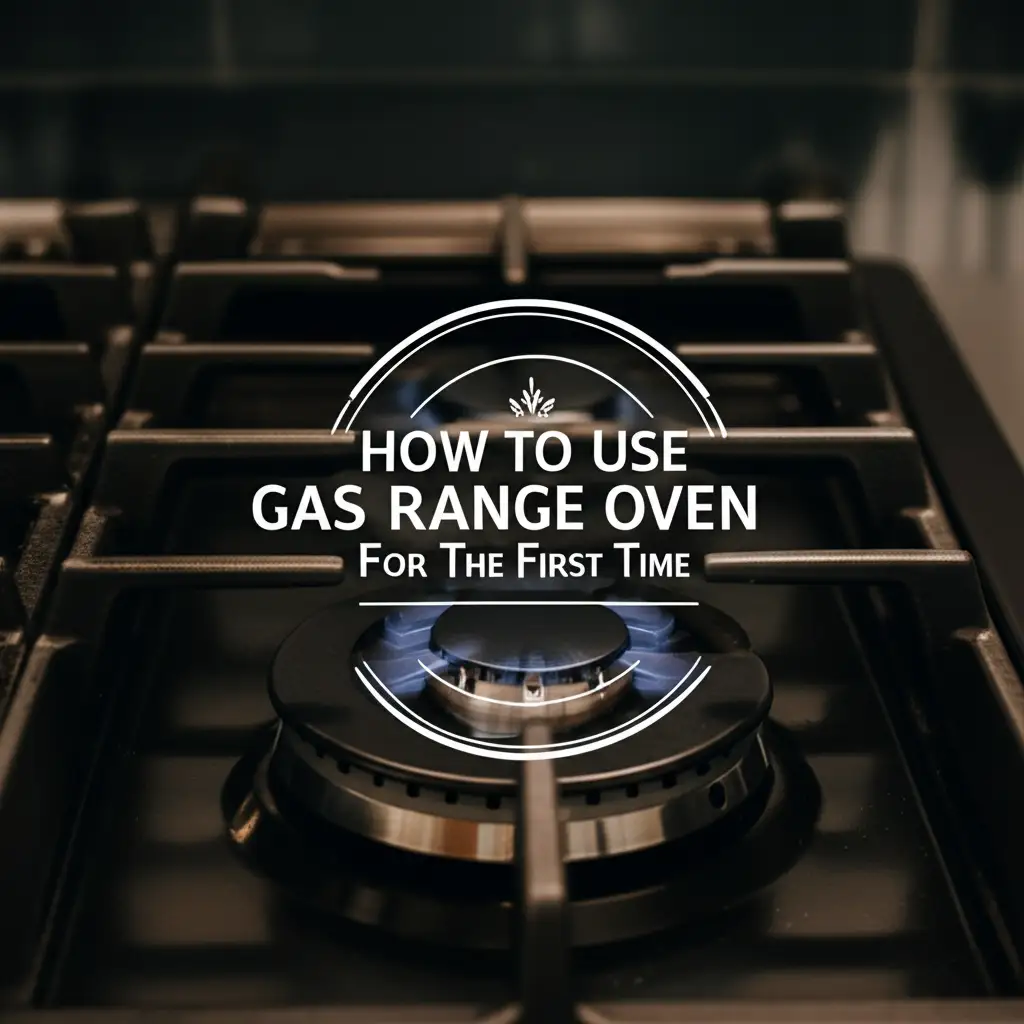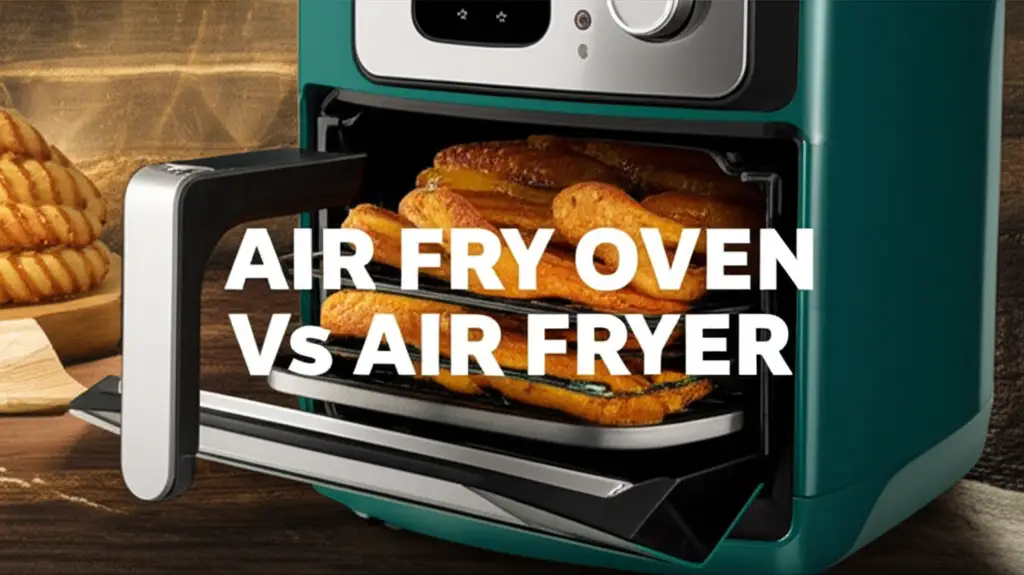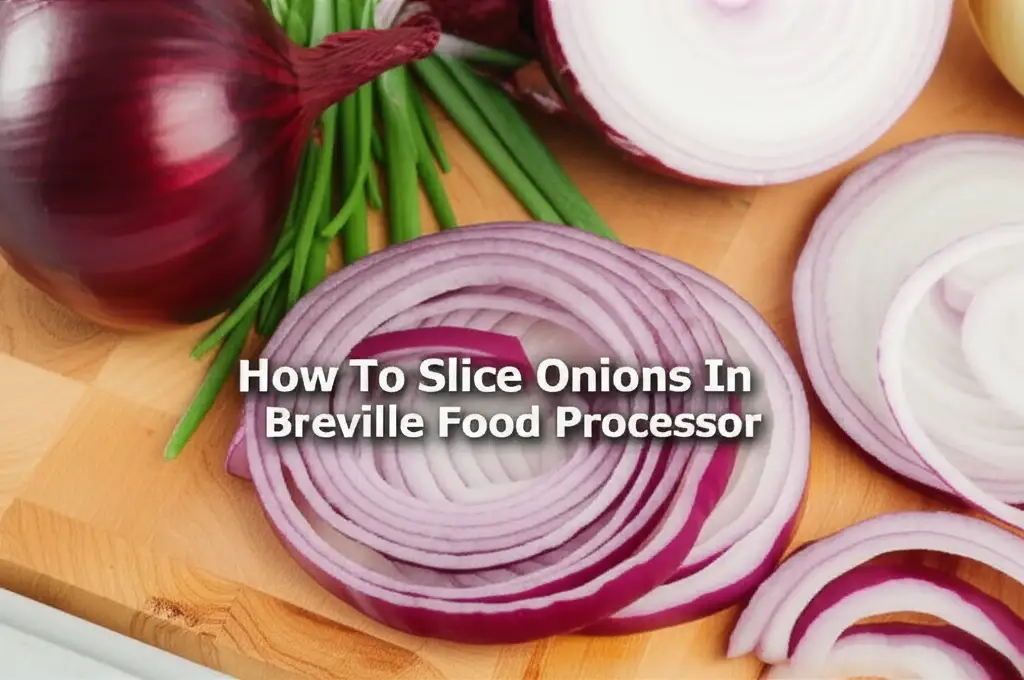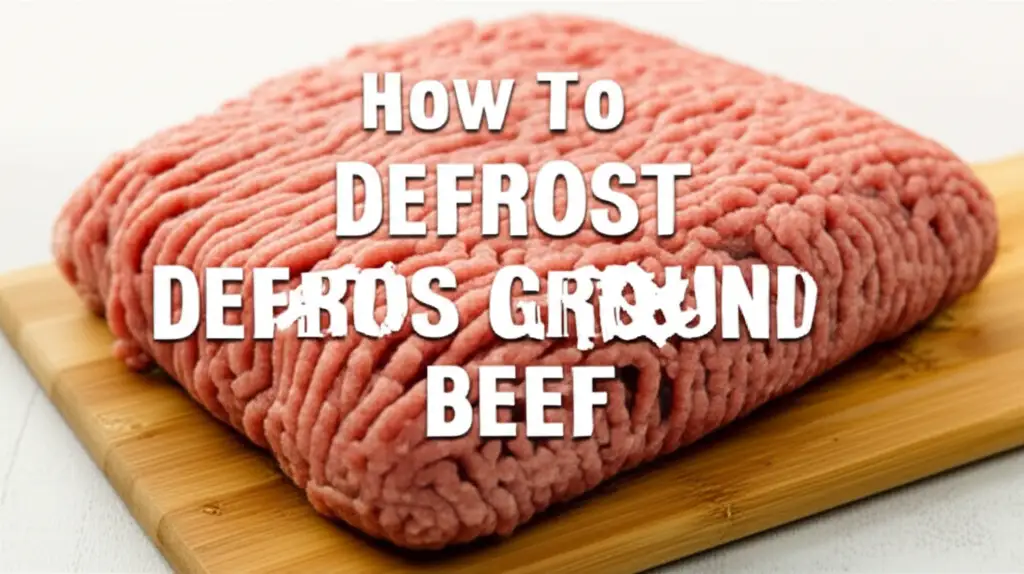· Elira Thomsen · Air Fryers · 11 min read
Air Fryer 400 Vs 450
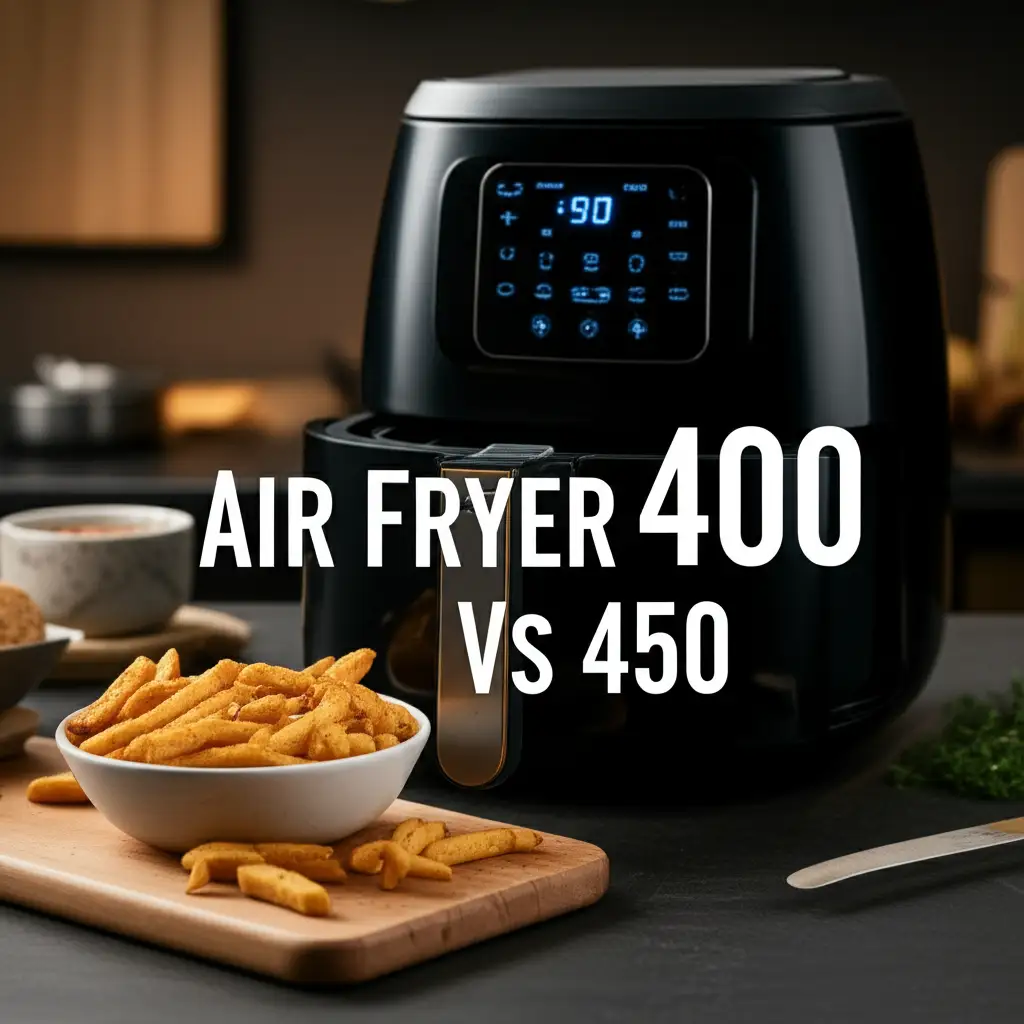
Air Fryer 400 Vs 450: Unlocking Optimal Cooking Temperatures
Have you ever wondered if your air fryer can cook food even better? Many home cooks, myself included, often face a dilemma: what is the ideal temperature for truly perfect air-fried results? The choice between 400°F and 450°F can change your food significantly. It affects everything from crispiness to cooking time. This article explores the precise differences between cooking at 400°F and 450°F in your air fryer. We will help you select the right temperature for various foods. We will also cover safety, efficiency, and how to get the most from your appliance. Get ready to elevate your air frying skills.
Takeaway
- 400°F is versatile: It works for most foods, providing even cooking and a good crisp.
- 450°F offers maximum crispness: Use it for quick browning and extra crunch on certain items.
- Food type matters: Delicate foods prefer lower heat; heartier foods handle higher heat well.
- Monitor closely at 450°F: Food can burn quickly due to intense heat.
- Always preheat: This ensures even temperature and consistent results.
When you compare air fryer 400 vs 450 degrees, 400°F is a common, versatile setting for most foods, offering even cooking and good crispness. On the other hand, 450°F provides a more intense heat, ideal for achieving maximum crispiness and faster browning on specific items, but it requires closer monitoring to prevent burning.
Understanding Air Fryer Temperatures: The Basics of 400°F
The 400°F setting is a popular choice for many air fryer recipes. It offers a balance of heat and cooking time. This temperature allows food to cook through without burning the outside too quickly. I find it creates a golden-brown finish and a tender inside for many dishes. It works well for a wide range of ingredients, making it a reliable default.
Many air fryer brands recommend 400°F for general cooking. This temperature promotes the Maillard reaction. This reaction gives food its appealing brown color and rich flavor. It helps create a crispy texture without drying out the food too much. This makes 400°F a workhorse temperature for daily meals.
This temperature provides consistent results for most frozen foods. Think of things like chicken nuggets or french fries. It also cooks fresh vegetables and meats well. The heat distributes evenly, preventing hot spots that can cause uneven cooking. For new air fryer users, starting at 400°F is a safe way to learn your appliance. It builds confidence before exploring higher temperatures.
When to Use 400°F: Ideal Foods and Results
The 400°F setting shines for a vast array of common dishes. It is perfect for items that need to cook through. At the same time, they should develop a nice outer crisp. I often use it for chicken wings, achieving tender meat and wonderfully crispy skin. This temperature lets the fat render properly, resulting in a superior texture.
Frozen foods often cook best at 400°F. French fries become golden and crunchy. Tater tots turn crispy and hot. Mozzarella sticks get gooey inside with a crisp shell. The consistent heat ensures these items cook from their frozen state to perfect doneness. They will not remain cold in the center or burn on the outside.
Vegetables also do well at this temperature. Broccoli florets roast with slightly charred edges. Asparagus spears become tender-crisp. Potatoes, whether diced or cut into wedges, achieve a fluffy interior and a delicious exterior. For most home cooks, 400°F is a dependable setting that delivers great results without constant worry about overcooking. This temperature gives me peace of mind when I want to cook something familiar and delicious.
The Power of 450°F: Achieving Crispier Outcomes
Stepping up to 450°F in your air fryer brings a new level of crispness. This higher temperature delivers intense, rapid heat. It is perfect for achieving a deep golden brown and an extra crunchy texture. I use this setting when I want restaurant-quality crispiness. It works particularly well for finishing certain dishes.
The higher heat causes a faster dehydration of the food’s surface. This rapid moisture removal leads to superior crispness. It creates a very satisfying crunch with each bite. However, this intensity also means you must watch your food closely. Burning can happen in moments.
Not all air fryers can reach 450°F. Some models may max out at 400°F or 425°F. Always check your appliance’s specifications before attempting to use this higher setting. If your air fryer supports it, 450°F can be a game-changer for certain foods. It truly elevates the texture of specific dishes.
Foods Best Suited for 450°F: High-Heat Air Frying
Certain foods benefit greatly from the scorching heat of 450°F. This temperature is ideal for items that need a quick, intense burst of heat. It is perfect for achieving extreme crispness without overcooking the inside. I use it for making homemade potato chips; they become incredibly thin and crunchy.
Think about foods where surface crispness is paramount. Leftover pizza slices reheat beautifully, giving a crispy crust and melted cheese. Thick-cut fries, like steak fries, can get an incredibly crunchy exterior. Some cuts of meat, like thin chicken cutlets, can achieve a seared, crispy crust quickly.
However, you must exercise caution. Delicate items or those with sugary marinades will likely burn at this temperature. Items with high fat content, like bacon, need careful monitoring. The fat can render and potentially smoke at such high heat. Use 450°F for sturdy foods that can handle the intensity. This setting truly helps achieve a desired texture that lower temperatures cannot replicate.
Safety and Considerations: Cooking at Higher Temperatures
Cooking at 450°F requires more attention than cooking at 400°F. The risk of burning food increases significantly. Always preheat your air fryer before adding food. This ensures a consistent cooking environment from the start. I find that preheating helps prevent uneven cooking, where some parts burn while others remain undercooked.
Always use a meat thermometer for proteins. This ensures food reaches a safe internal temperature. Do not rely solely on visual cues, especially with higher heat. Food can look done on the outside but still be raw inside. Regularly shaking or flipping your food is also crucial. This promotes even cooking and browning. It prevents one side from becoming overly crisp or burnt.
Monitoring for smoke is important, particularly at 450°F. High fat foods can cause smoke when cooked at extreme temperatures. Ensure good ventilation in your kitchen. If you experience excessive smoke, unplug the air fryer and let it cool. It may signal a need for cleaning. Maintaining your air fryer by regularly cleaning its components, especially the basket and tray, helps prevent smoke and ensures efficient operation. For more details on maintaining your air fryer, consider articles like Is My Air Fryer Dishwasher Safe? or How to Clean an Air Fryer Oven. Proper cleaning extends the life of your appliance and improves cooking results.
Energy Efficiency and Preheat Times: 400°F vs 450°F
When considering air fryer 400 vs 450 degrees, the energy usage difference is minimal. Air fryers are already very efficient. They heat up much faster than traditional ovens. Both 400°F and 450°F reach temperature quickly. This contributes to their energy-saving benefits. The main difference lies in how long you cook the food.
Preheating times are also similar for both temperatures. Most air fryers preheat in 3-5 minutes. This is regardless of whether you set it to 400°F or 450°F. The appliance quickly ramps up to the desired temperature. This rapid preheating saves time and energy compared to a conventional oven. An air fryer is a good choice for quick meals.
The real impact on energy comes from cooking duration. Since 450°F cooks food faster, the actual time the heating element is active might be less. However, the higher setting also uses more power to maintain that temperature. For practical purposes, the energy cost difference between 400°F and 450°F is usually negligible. I prioritize the right cooking result over minor energy savings in this case. What truly matters is consistent use and proper maintenance. For more on air fryer cleaning, check out resources like Can You Put the Air Fryer Basket in the Dishwasher? or Can Ninja Air Fryer Basket Go in Dishwasher?. These tips help your appliance run well.
Mastering Your Air Fryer: Tips for Temperature Control
Learning to master your air fryer’s temperature settings takes practice. Each appliance heats differently. Even two identical models can have slight variations. I always recommend starting with a recipe’s suggested temperature. Then, adjust based on your specific air fryer and food. This approach helps you learn your machine’s quirks.
Small adjustments can make a big difference. If food is browning too quickly at 400°F, try lowering it to 375°F. If you need more crispness at 400°F, increase to 425°F or 450°F for the last few minutes. Remember that overcrowding the basket impacts cooking. It reduces airflow and can lead to uneven results. Cook in batches if needed.
Always shake or flip food halfway through cooking. This promotes even exposure to the hot air. It ensures all sides get crispy. Using parchment paper liners can help with cleanup. However, ensure they do not block airflow. Proper airflow is essential for the air fryer to work effectively. By paying attention to these details, you gain full control over your air frying results.
Troubleshooting Common Air Frying Issues: Temperature Related
Sometimes, air-fried food does not turn out as expected. This often relates to temperature. If your food is burnt on the outside but raw inside, the temperature was likely too high. Or, the cooking time was too long for that temperature. Try reducing the temperature by 25-50 degrees. Increase the cooking time slightly. This allows heat to penetrate more evenly.
If food is not crispy enough, your temperature might be too low. It could also mean you are overcrowding the basket. Try increasing the temperature by 25 degrees. Ensure there is enough space for air to circulate around each piece of food. Shake or flip more often. This helps all surfaces crisp up.
For overly dry food, the temperature might be too high, or the cooking time too long. Air fryers remove moisture efficiently. Overcooking dries out food fast. Reduce the temperature or decrease the cooking time. You might also try adding a light coating of oil. This helps retain moisture and promotes browning. Learning these adjustments helps improve your air frying results. I constantly fine-tune my approach to get the best outcome for each dish.
FAQ Section
Can I always use 450°F for faster cooking?
No, you cannot always use 450°F for faster cooking. While 450°F does cook food quicker, it is not suitable for all items. Delicate foods or those with high sugar content can burn rapidly at this temperature. It is best for sturdy foods that need an intense crisp, like certain potato products or thick-cut meats. Always monitor closely.
What happens if I cook at too high a temperature?
Cooking at too high a temperature causes the outside of your food to burn quickly. The inside may remain undercooked. This creates an unappealing texture and flavor. It also increases the risk of smoke and can potentially damage your air fryer. Always follow recipe guidelines or start lower and adjust.
Are all air fryers capable of 450°F?
Not all air fryers can reach 450°F. Many models have a maximum temperature of 400°F or 425°F. Always check your specific air fryer’s user manual or specifications before attempting to set it to 450°F. Using a temperature higher than your air fryer’s maximum limit is not possible.
How do I adjust recipes from oven to air fryer temperatures?
Adjusting oven recipes for an air fryer involves reducing the temperature and cooking time. A common rule is to reduce the oven temperature by 25°F and the cooking time by 20%. For example, an oven recipe at 400°F for 20 minutes might become 375°F for 16 minutes in an air fryer. Always start with less time and check for doneness.
Does preheating temperature matter more than cooking temperature?
Both preheating and cooking temperatures are important. Preheating ensures the air fryer is at the correct temperature from the start. This allows food to cook evenly and crisp up properly. Consistent cooking temperature throughout the process prevents burning or undercooking. Both steps contribute to optimal results.
Can delicate foods withstand 450°F?
Delicate foods generally cannot withstand 450°F. Items like thin fish fillets, fresh herbs, or soft vegetables will likely burn or dry out too quickly at such high heat. These foods benefit more from lower temperatures, typically between 300°F and 375°F, to ensure gentle cooking and prevent scorching.
Conclusion
Deciding between air fryer 400 vs 450 degrees Fahrenheit boils down to your food and desired outcome. 400°F remains the versatile champion. It cooks most foods evenly and produces a satisfying crisp. I rely on it for my everyday air frying needs. For those moments when you crave extreme crispness, 450°F offers a powerful solution. Just use it with care and constant monitoring.
Understanding these temperature differences helps you become a more confident cook. Experiment with various foods and settings. Learn how your specific air fryer performs. By mastering temperature control, you unlock the full potential of your air fryer. Your meals will be more delicious and consistently well-cooked. Keep trying new recipes, and enjoy the crispy delights your air fryer can create.


